Spindrift, my entry in the 2011 Denver National Quilt Festival, goes on display this week, so what better time to share how I created this unique piece?
(Today's snowflake pattern is at the end of this post.)
Spindrift originally was a sea term, referring to the spray from the tips of ocean waves during a gale. When you live near mountains and there's no ocean for hundreds and hundreds of miles, spindrift is the term for light snow being carried off a mountain by strong wind, often in a spiraling or curling motion.
I also have witnessed this phenomena along the edges of Mount Princeton, Mount Evans and Pikes Peak, in Rocky Mountain National Park and while riding up Independence Pass each May before the road opens to vehicles. The swirl of snowflakes dancing in the air was an image I thought could make the most beautiful quilt top.
I started out with roughly 110 crocheted snowflakes last summer, all with size 10 crochet thread and a variety of hooks from size 6 to 11. I crocheted snowflakes with every white shade and fiber I could get my hands on: ecru, ivory, eggshell, white, off-white, antique, natural, cotton, bamboo, etc. I randomly placed the snowflakes on a piece of mottled light gray fabric and took pictures with a digital camera from atop a ladder. I intended to move the snowflakes around so no two shots would be alike, but my studio for this session was my back porch, and wind and rain threatened to scatter my treasures. I rotated, flipped, mirrored and cropped the digital photos in PhotoShop to achieve composition variety. I also lightened my favorite photos by about 30% and saved them as new files.
For my own personal taste, I bump up the contrast on photos I intend to print on fabric. Sometimes I increase the saturation, too, but I did not for any of the sheets in this quilt. I select the plain white paper option on the printer, which distributes the most ink I can get. Fabric absorbs ink to a greater degree than paper, so healthy ink portions make for vivid fabric photos.
Using a Canon photo printer that sadly is no longer available, I printed 12 regular exposures and 4 lightened exposures on 8.5x11-inch Miracle Fabric Sheets. Just about any inkjet printer will work with any commercial printable fabric. I think I have tried every brand of commercial printer fabric in the US. My favorite is the fabric I pretreat with Bubble Jet Set 2000 and iron onto freezer paper myself, but I don't usually have time to invest in that step when quilting.
By machine, I pieced the fabric together, the four lighter panels in the center, framed by a border of darker panels.
I crocheted 15 snowflakes of sock yarn leftovers using my own patterns, most adapted for thicker yarn and larger hook. I used size B and C hooks, depending upon yarn weight. Most snowflake patterns can be worked in yarn of any weight with minor adaptations to maintain flatness and body. If a yarn snowflake curls too much while I'm making it, I will unravel and add or subtract stitches as necessary to get the flake to shape properly.
I hand appliquéd the sock yarn snowflakes to the quilt top using a blind stitch and thread that matched the fabric.
I sandwiched the pieced back, light quilt batting and the quilt top, then pin-basted the entire quilt. I "drew" wind gusts with my sewing machine (I do not have a quilting machine) and left long thread tails to hand-stitch wind swirls at the end of most of the "gusts." I hand-stitched simple six-pointed snowflakes into the quilt and outlined some of the larger snowflakes in the photographs using a thread that matches the fabric.
Before the quilt layers were assembled, I'd pondered whether I should use white thread to crochet the edging or a variegated thread. The Lizard and my closest quilting friend Ruthie both insisted color would look better. I selected size 10 crochet cotton in Mist colorway from Sara's Colorwave Yarns because the hues seemed to blend most harmoniously with the subtle, muted grays and greens in my nearly black and white snowflake photos. I bought only one ball of this hand-dyed thread, not knowing if it would be enough to finish the project. Shipping is incredibly fast, so I hoped I would be able to get more if I needed it. As it turned out, I have not quite half a ball left, but I'm now addicted to the colorway, so I may eventually order more anyway!
I cut and pieced my sleeve fabric, then applied the sleeve to the top of the back of the quilt by hand, then hung the quilt again with two stick pins before transporting it to the Denver National Quilt Festival. When I first began making this quilt, I thought I might be able to sell it to begin a nest egg for a quilting machine. (Because The Lizard wants to learn to quilt, too, but not by hand...) But as with all quilts I've finished except those for charity, I'm too attached, and I have just the perfect spot picked out to hang this baby so I can enjoy it every day.
I have received no perks whatsoever for using any of the products in this quilt. Brand names mentioned are what I chose to use, and I received no compensation or discounts for my choices or for anything named in this post.
I did not notice until I began editing these photos that the colored binding did in fact run in three places, adjacent to the three largest partial snowflakes. I sprayed too much water on those sections. I've learned two very important lessons. First, always post treat printed fabric, even if I think it's not going to be washed. Second, go easy on the water when spraying a crocheted edging!
When I first discovered the three spots, I was devastated because it's too late to do anything about the imperfections. But desperation, as they say, is the mother of all creativity. I sprayed those three areas again and intentionally smeared the runs with my thumbs, blending the stains in so there is no longer a defined run line. I know it's there, but the judges may not catch it. And even if they do, I still love my Spindrift quilt.
The partial snowflake above is one of my favorites on the quilt, so I created a whole snowflake to correspond to it, and I used the same thread. Because the idea came from the quilt edging, I'm calling this snowflake Spindrift I. Yes, that means I may make a few more whole snowflakes inspired by the edging. Might just have to make a whole set in the same thread to hang right alongside the quilt!
And here's a nice little piece of trivia. This is the 99th snowflake pattern I've written. Not all 99 have been published yet; I'm trying to stock up again for cycling season. But the next one I write will be my centennial or century flake!!!
You may do whatever you'd like with snowflakes you make from this pattern, but you may not sell or republish the pattern. Thanks, and enjoy!
Finished Size: 7.5 inches from point to point
Materials: Size 10 crochet thread, size 8 crochet hook, empty pizza box, wax paper or plastic wrap, cellophane tape, glue, water, glitter, small container for glue/water mixture, paintbrush, stick pins that won't be used later for sewing, clear thread or fishing line
Spindrift Snowflake Instructions
Make magic ring.
Round 1: 12 sc in ring; sl st in starting sc. Don't pull magic ring too tight.
If you're not reading this pattern on Snowcatcher, you're not reading the designer's blog. Please go here to see the original.
Round 2: 1 sc in same sc as sl st; *ch 5, sk 1 sc, 1 sc in next sc; repeat from * around 4 times; ch 2, 1 dc in starting sc (ch 2 and 1 dc counts as final ch 5).
Round 3: 1 sc around post of last dc of Round 2, * ch 8, 1 sc in next ch 5 sp; repeat from * around 4 times; ch 4, 1 tr in starting sc (ch 4 and 1 tr counts as final ch 8).
Round 4: 1 sc over tr just worked, ch 12, * 1 sc in next ch 8 sp, ch 12; repeat from * around 4 times; sl st in starting sc.
Round 5: *In next ch 12 sp, work 3 sc, 3 hdc, 3 dc, 3 hdc, 3 sc; repeat from * around 5 times; sl st in starting sc.
Round 6: 1 sc in same st as sl st, *ch 3, sk next 2 st, 1 hdc in next st, ch 3, sk 1 st, 1 dc in next st, ch 3, sk 1 st, 1 tr in next st, ch 3, 1 tr in same st, ch 3, sk next st, 1 dc in next st, ch 3, sk next st, 1 hdc in next st, ch 3, sk next 2 st, 1 sc in next st, 1 sc in next st; repeat from * around 5 times, omitting last sc on final repeat; no sl st to end this round.
Round 7: *2 sc in next ch 3 sp, 2 sc in next ch 3 sp, ch 3, 2 sc in same sp, 2 sc in next ch 3 sp, ch 3, 2 sc in same sp, 1 sc in next ch 3 sp, 1 hdc in same sp, 1 dc in same sp, ch 3, 2 dc in 3rd ch from hook, ch 5, 1 sc in 5th ch from hook, ch 6, sl st in sc, ch 4, sl st in sc, ch 3, 2 dc in 3rd ch from hook, 1 dc in same ch 3 sp, 1 hdc in same sp, 1 sc in same sp, 2 sc in next ch 3 sp, ch 3, 2 sc in same sp, 2 sc in next ch 3 sp, ch 3, 2 sc in same sp, 2 sc in next ch 3 sp; repeat from * around 5 times; sl st in starting sc; bind off. Weave in ends.
Finish: Tape wax paper or plastic wrap to top of empty pizza box. Pin snowflake to box on top of wax paper or plastic wrap.
Mix a few drops of water with a teaspoon of glue in small washable container. Paint snowflake with glue mixture. Sprinkle lightly with glitter. Wash paintbrush and container thoroughly. Allow snowflake to dry at least 24 hours. Remove pins. Gently peel snowflake from wax paper or plastic wrap. Attach 10-inch clear thread to one spoke, weaving in end. Wrap fishing line around tree branch (or tape to ceiling or any overhead surface) and watch the snowflake twirl freely whenever you walk by! Snowflake also may be taped to window or tied to doorknob or cabinet handle.






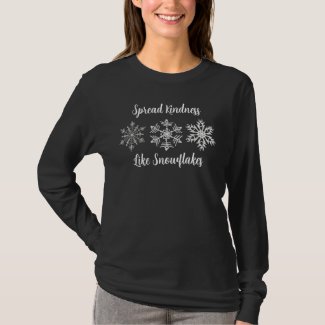
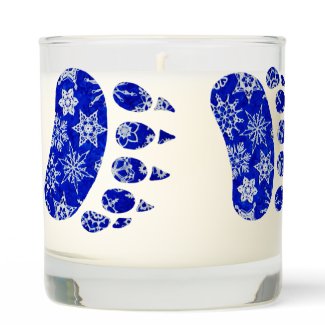
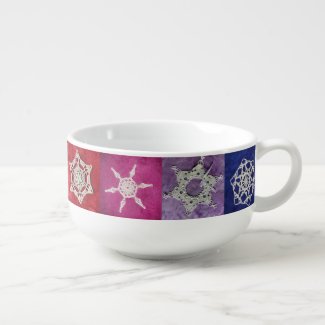

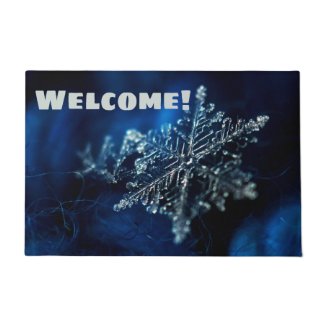
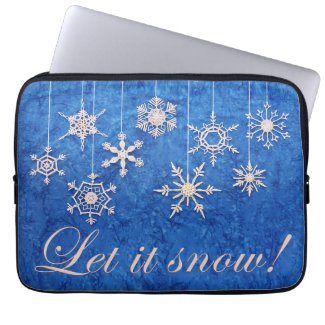
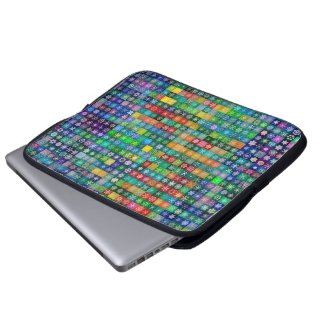
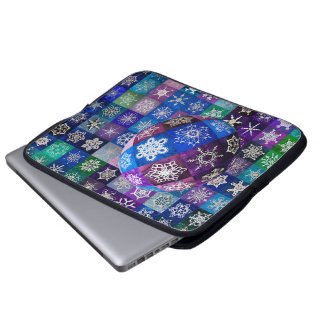














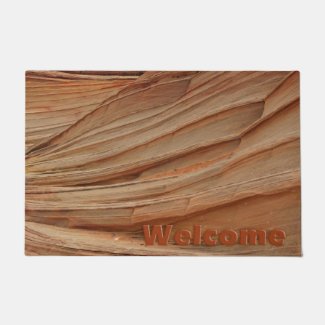
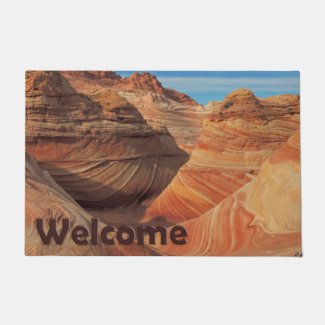
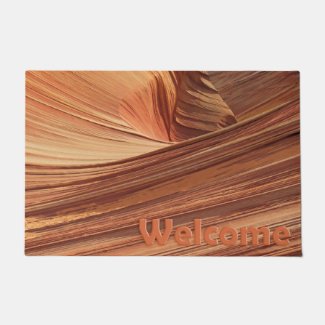
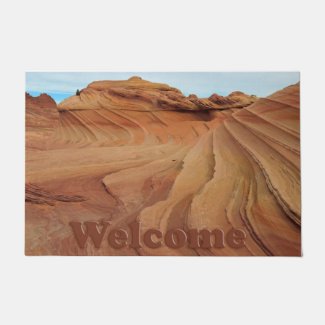
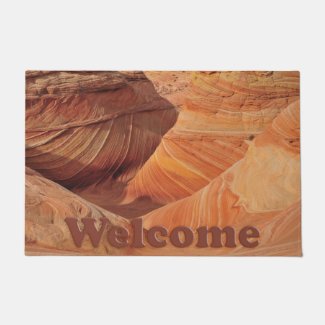
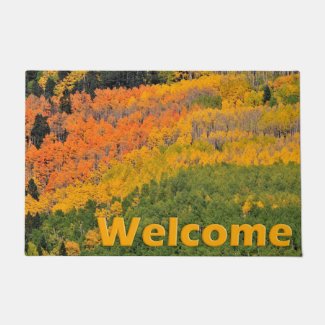
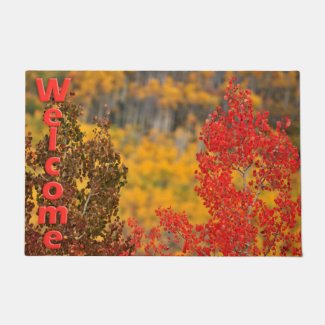
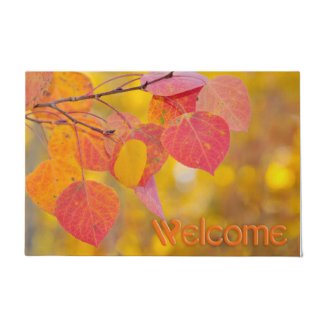
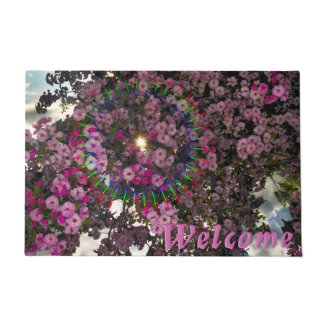
What a beautiful image of the snow swirling up into the heavens. And how lucky for you to be there when it happened!
ReplyDeleteSuch exquisitely beautiful work. And - I love how you came to the inspiration for this snowflake quilt. Amazing what it is we see in nature..and take with us along our way.
ReplyDeleteOh. My. Word. This is incredible. What a labour of love! Everything about it is just stunning. I really like the quilting lines (I tend to quilt in straight lines and around shapes so I love the whole spindrifty quilt effect).
ReplyDeleteI have a nephew in Westminster whom we visited back in Feb. He took us up to Rocky Mountain National Park for a bit of hiking. The wind was 47-60 mph that day, and I got some amazing pictures of spindrifting snow off the tops of Mts. Hallett and Flat-Top. This quilt really brings back that day.
Good luck at the show. Your work is beautiful. I don't know what category it's entered in, but I think you deserve a special prize. And the border looks great to me.
That is an awesome snowflake and congrats on getting to 99! I would love to see the bottom right corner edging because that snowflake looks awesome.
ReplyDeleteI love it, it´s like the Milky Way........
ReplyDeleteI love, love, love your quilt! I hope it wins high honors!
ReplyDeleteAlso, love the new snowflake, I know what I will be doing this afternoon!
Thanks again!
You are absolutely amazing, creative, and patient. Such a piece! It is truly beautiful. I do not know how to quilt, but I can truly appreciate the hard work, many hours and the love spent on this piece. The colours blend so well with each other, and the overall feeling I get from looking at this, is a sense of calmness and tranqility, even though it is based on the effects of wind on sea spray and snow. Such differing emotions when you think about it....
ReplyDeleteAbsolutely beautiful!! You are so talented!!
ReplyDeleteThat is really beautiful. It's truly one of a kind thanks for sharing. ;)
ReplyDeleteI know how particular you are about your work and the quilt will look wonderful! I have my crochet thread and hook and will start making this 1 of many after I hit 'Post Comment'.
ReplyDeleteLove, love the neverending snowflakes!
Your talent is awesome! What a masterpiece.
ReplyDeleteYou are truly an artist- and an incredibly patient one at that! I can't imagine the doing the intricate detail work you do. I don't care what the judges say, I think it's amazing.
ReplyDeleteLove the backstory and history woven into this post... your shots of the mountain spindrift are haunting- and the quilt? Ohmygoodness. I could stare at it for hours.
ReplyDeleteI've been following your snowflake posts for several months now, and this is my favourite by far! So beautiful! I love how you combined at least four of your interests/talents to make this work of art....it's all the more precious for it.
ReplyDeleteI don't know if I just forgot to comment earlier or what but I have to tell you how amazingly beautiful I think this quilt it. It just captures the image of a spindrift so magically and evokes such strong feelings...WOW!
ReplyDeleteThe name Spindrift is perfect and perfectly beautiful for your masterpiece. I love - absolutely love - that you made your own fabric. Amazing. If you don't win with this quilt, the judges all need to get their eyes checked. Good luck. My fingers and toes are crossed for you!!!
ReplyDeleteStunning ...
ReplyDeleteI think I see where the color ran -- and wonder if you've thought about adding a partial snowflake to go over it?
Thank you for the pattern. I am going to give it a try - if I can crochet a ripple afghan, I should be able to at least give something else a try.
Marny CA
I hope you are planning to publish a book of your snowflake patterns. Amazing!
ReplyDeletenice
ReplyDelete